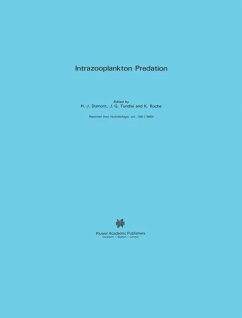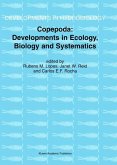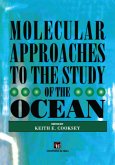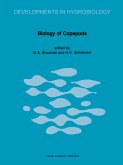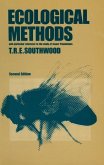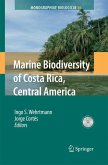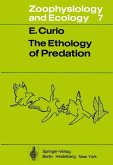General Articles.- Effects of invertebrate predation on the seasonal succession of a zooplankton community: a two year study in Lake Aydat, France.- Invertebrate zooplankton predator composition and diversity in tropical lentic waters.- A comparison between predation effects on zooplankton communities by Neomysis and Chaoborus.- Cyclomorphosis in Daphnia: an adaptation to avoid invertebrate predation.- Progress towards characterization of a predator/prey kairomone: Daphnia pulex and Chaoborus americanus.- Flatworms.- Typhloplanid flatworms (Mesostoma and related genera): Mechanisms of predation and evidence that they structure aquatic invertebrate communities.- A laboratory study of the feeding of Mesostoma lingua (Schmidt) (Turbellaria: Neorhabdocoela) on Daphnia magna Straus at four different temperatures.- Predation on and by pelagic Turbellaria in some lakes in Brazil.- Laboratory observations on the vertical distribution of a tropical pelagic flatworm (Mesostoma sp.) in relation to satiation.- Branchiopoda.- The feeding behaviour of Leptodora kindti and its impact on the zooplankton community of Neusiedler See (Austria).- On predatory tendencies in the feeding ecology of the fairy shrimp Streptocephalus proboscideus (Frauenfeld, 1873) (Crustacea: Anostraca).- Copepods.- Estimating predation risk in zooplankton communities: the importance of vertical overlap.- An analysis of prey selection by Mesocyclops edax.- Predation on Ceriodaphnia cornuta and Brachionus calyciflorus by two Mesocyclops species coexisting in Barra Bonita reservoir (SP, Brazil).- Some aspects of vulnerability to cyclopoid predation of zooplankton prey individuals.- Spatial overlap of a predatory copepod, Acanthocyclops robustus, and its prey in a shallow eutrophic lake.- Coexistence of the predatory cyclopoids Acanthocyclops robustus (Sars) and Mesocyclops leuckarti (Claus) in a small eutrophic lake.- Chaoborus.- Creating conditions for changes in prey community structure by Chaoborus spp. in a lake in Sweden.- Chaoborus predation and zooplankton community structure in a rotifer-dominated lake.- Water Mites.- Can water mites control populations of planktonic Cladocera?.- Epilogue.- Summary of final round-table discussion on current issues in research on freshwater invertebrate predation.
Bitte wählen Sie Ihr Anliegen aus.
Rechnungen
Retourenschein anfordern
Bestellstatus
Storno

